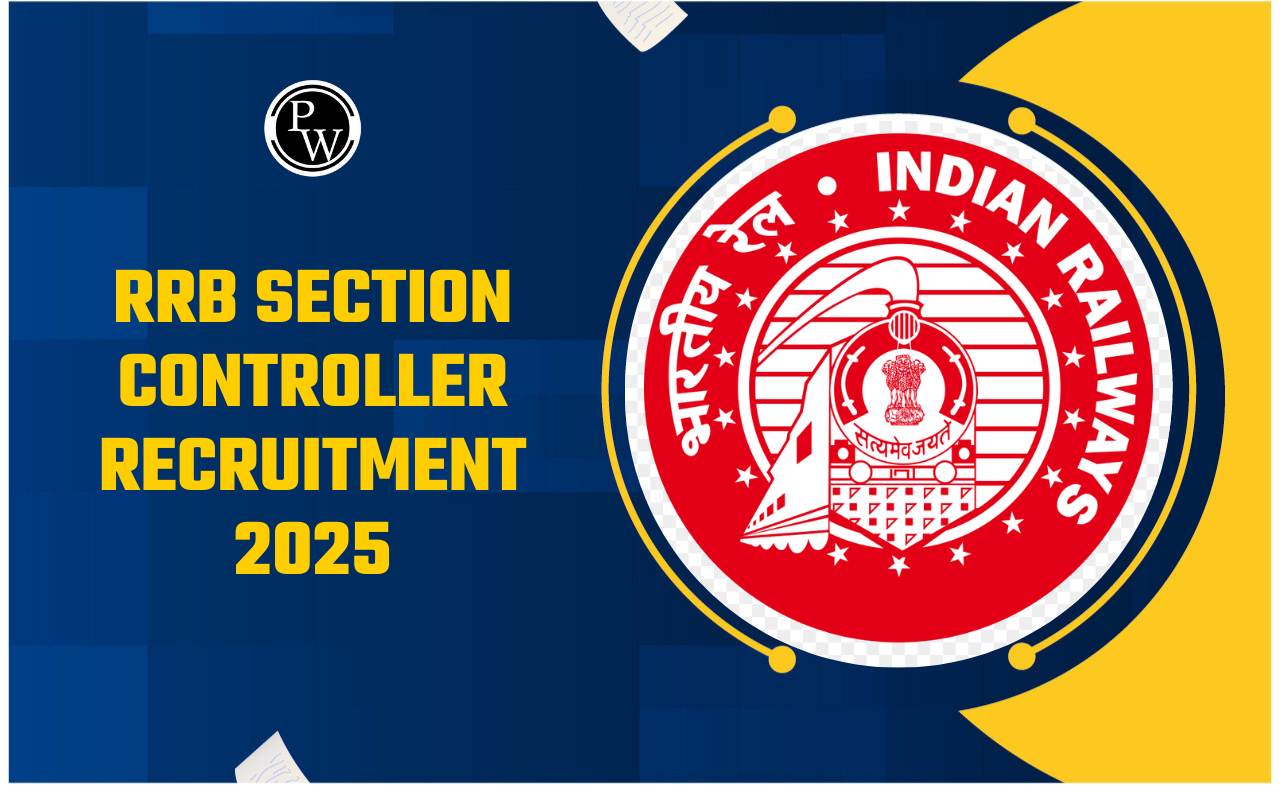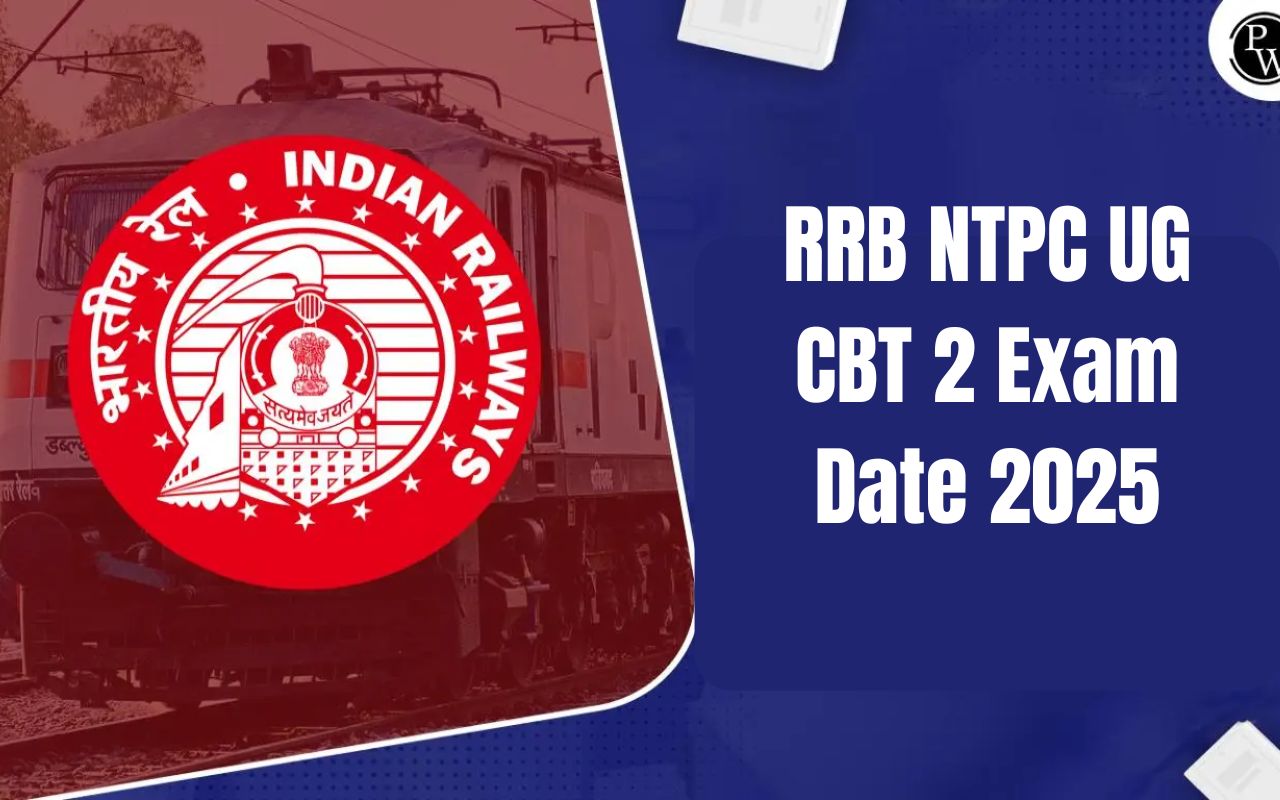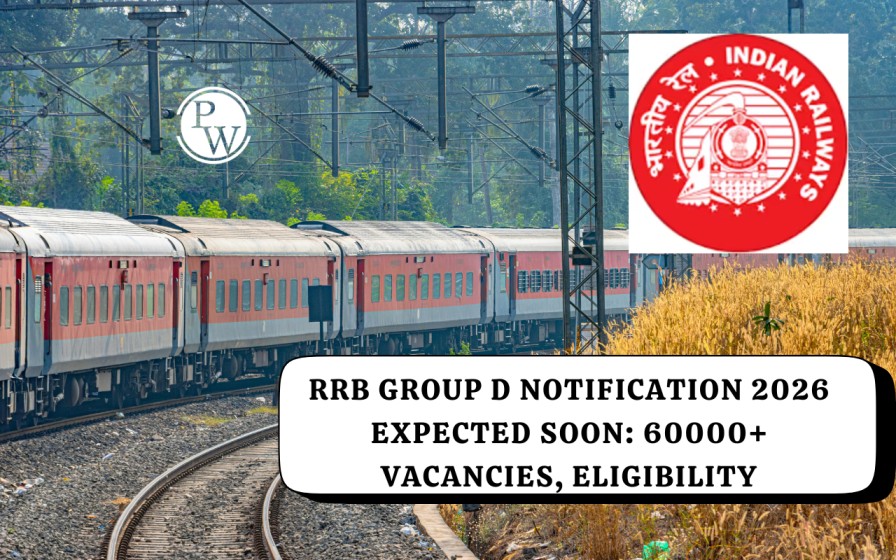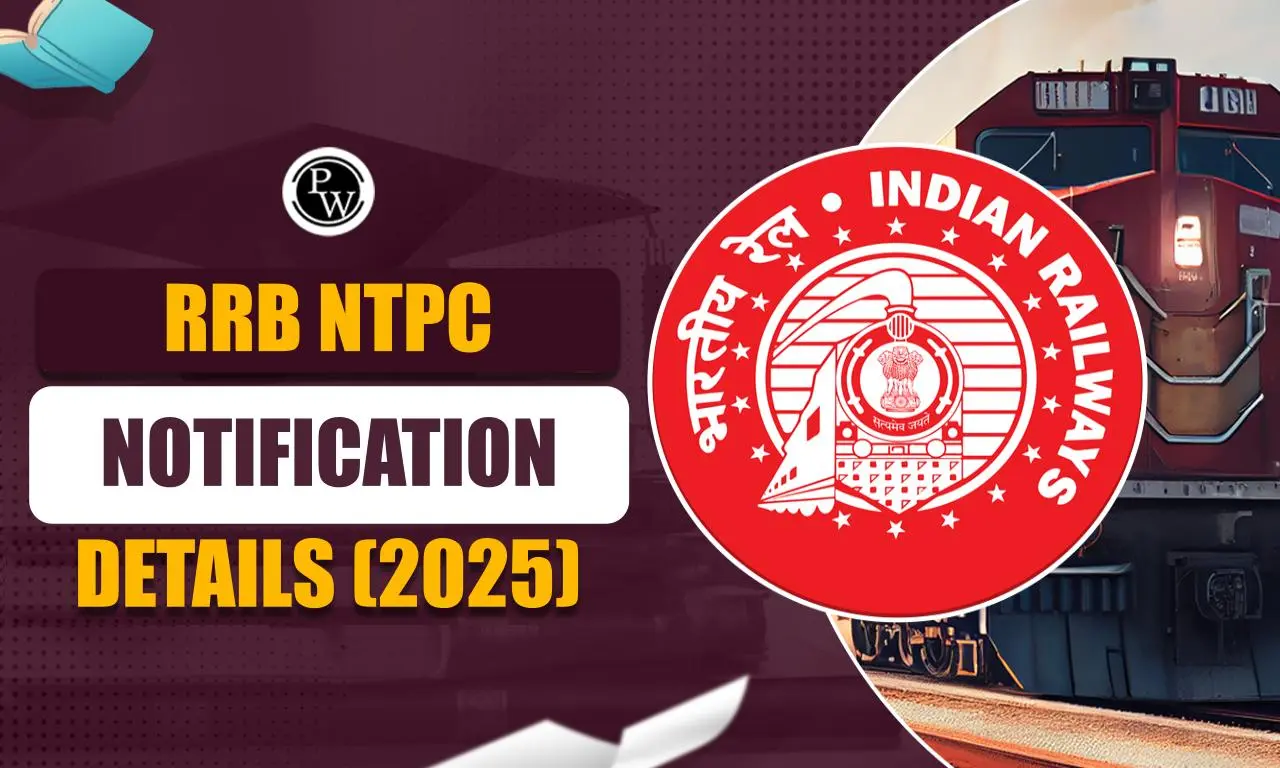
Railway Mahajanapadas Questions: The Mahajanapadas were sixteen prominent ancient Indian kingdoms that existed between the 6th and 4th centuries BCE. Key Mahajanapadas included Magadha, Kosala, Vatsa, and Avanti. These kingdoms were significant in early Indian history, playing crucial roles in the development of urban centers, trade, and political structures. Magadha, in particular, rose to prominence under rulers like Bimbisara and Ajatashatru, setting the stage for the Maurya Empire. The Mahajanapadas also witnessed the rise of religious movements, such as Buddhism and Jainism.
Understanding these ancient kingdoms is essential for Railway exams, as it highlights the historical context of India's early political and cultural development. Check Railway Mahajanapadas Questions below along with answers and explanation.Railway Mahajanapadas Questions
Some important Railway Mahajanapadas questions along with answers and explanations are provided below for candidates' reference.Which of the following was not one of the Mahajanapadas in ancient India?
Options:
Answer:
The correct answer is Harappa.
Detailed Solution:
- Indus Valley Civilization: Harappa was a major urban center of the ancient Indus Valley Civilization, one of the world's earliest urban cultures.
- Geographical Location: It is situated in present-day Pakistan, near the Ravi River. The civilization also extended into parts of northwest India and Afghanistan.
- Urban Planning: Harappa and other Indus Valley cities were known for their advanced urban planning with well-organized streets, drainage systems, and brick-built structures.
- Trade and Economy: The people of Harappa engaged in extensive trade, as evident from artifacts such as seals found in Mesopotamia. They traded in various goods, including pottery, textiles, and possibly precious stones.
- Writing System: The Harappan civilization had a script that is yet to be fully deciphered. The script is found on seals and pottery, indicating a form of written communication.
Which Mahajanapada was ruled by King Bimbisara?
Options:
Answer:
The correct answer is "Magadha"
Detailed Solution:
- Prominent Ruler: King Bimbisara was a prominent and influential ruler of the Magadha Mahajanapada in ancient India.
- Bimbisara was known for his wise and ruler, earning him respect and admiration among his subjects.
- Magadha Mahajanapada: Magadha was one of the most powerful and significant Mahajanapadas in ancient India, and Bimbisara's rule contributed to its prominence.
- Role in the Rise of Mauryan Empire: Bimbisara played a crucial role in the historical timeline by contributing to the rise of the Mauryan Empire.
Which Mahajanapada was located in present- day Bihar and Jharkhand?
Options:
Answer:
The correct answer is Anga.
Detailed Solution:
- Anga was one of the sixteen Mahajanapadas and was situated in the eastern part of present-day Bihar and Jharkhand.
- Anga was one of the sixteen Mahajanapadas of ancient India and was situated in the eastern part of the Indian subcontinent.
- It was known for its strategic and cultural significance in the region and had its own distinct identity. The Atharva Veda and the Mahabharata both make mention of Anga Mahajanapada. It was seized by the Magadha Empire when Bimbisara was in power.
- It is located in what is now West Bengal and Bihar.
- The Ganga and Champa rivers met at the capital city of Champa. Merchants sailed from this location to Suvarnabhumi, an important commercial hub on the trade routes (South East Asia).
Which Mahajanapada was ruled by King Prasenajit?
Options:
Answer:
Hence the correct answer is Kosala
Detailed Solution:
- King Prasenajit was a notable ruler of the Kosala Mahajanapada, one of the sixteen powerful and independent kingdoms in ancient India.
- King Prasenajit had friendly and supportive relations with Gautama Buddha, the founder of Buddhism. The king was known for his patronage of the Buddhist community.
- Prasenajit was a prominent monarch in the context of the Kosala Mahajanapada, contributing to its political and cultural significance.
- Kosala was one of the sixteen Mahajanapadas in ancient India, and it held historical significance in the region. The Mahajanapada was known for its political and cultural influence.
- Kosala was located in the northern part of ancient India, covering parts of present-day Uttar Pradesh and Bihar.
Which Mahajanapada was located in present-day Madhya Pradesh?
Options:
Answer:
The correct answer is Chedi
Detailed Solution:
- Chedi Mahajanapada was situated in present-day Madhya Pradesh, near the Narmada River.
- This was cited in the Rigveda.
- The capital was Sothivati/Shuktimati/Sotthivatinagara
- It located in the present-day Bundelkhand region (Central India).
- The king of Chedi was Shishupala.
- He was killed by Vasudeva Krishna during the Rajasuya sacrifice of the Pandava king Yudhishthira.
Which Mahajanapada was associated with the city of Ujjain?
Options:
Answer:
Correct answer is Avanti
Detailed Solution:
- Avanti was one of the sixteen Mahajanapadas of ancient India, situated in the western part of the Indian subcontinent. Its territory covered parts of present-day Madhya Pradesh and parts of Rajasthan.
- Capital Cities: Avanti had two capital cities- Ujjayini (modern-day Ujjain) and Mahishmati. Both cities played crucial roles in the political and cultural life of the Mahajanapada.
- Rulership: The Avanti Mahajanapada was ruled by various dynasties. King Pradyota, a notable ruler, was associated with the early history of Avanti.
- Buddhist Connection: Avanti is mentioned in Buddhist literature, and it had interactions with the Buddha. The Buddha is said to have spent a significant part of his monastic life in the Avanti region.
- Strategic Importance: Due to its location, Avanti was strategically important for trade and commerce. It was situated on important trade routes, contributing to its economic significance.
Which Mahajanapada was known for its abundant reserves of iron?
Options:
Answer:
The correct answer is Magadha
Detailed Solution:
- Around 600 BC, the northern parts of India were divided into 16 small kingdoms called "Mahajanapadas." These included Avanti, Anga, Magadha, Vatsa, Kasi, Kosala, Saurasena, Panchala, Kuru, Matsya, Chedi, Gandhara, Kamboj, Asmaka, Vijji, and Malla.
- Among these, the Magadha Empire emerged as a powerful and developed superpower. It excelled in military, political, and economic spheres. King Bimbisara, belonging to the Haryanka dynasty, founded the Magadha Empire. Magadha was located in southern Bihar.
- Over time, various kings from different dynasties ruled the influential Magadha Empire.
Which modern day state covers the highest number of ancient India's Mahajanpadas?
Options:
Answer:
The correct answer is Uttar Pradesh.
Detailed Solution:
- Uttar Pradesh Covers the Highest number of Ancient India's Mahajanpadas.
- Out of 16 Mahajanpadas, Eight Mahajanpdas were present in Modern Uttar Pradesh. In the Mahajanapada era, the kingdom of Kosala was located in the regional Boundaries of Modern Day of Uttar Pradesh.
- There were sixteen such Mahajanapadas from 600 B.C. to 325 B.C. in the Indian Subcontinent. They are
Which Mahajanapada was located in present day Rajasthan?
Options:
Answer:
The correct answer is Matsya
Detailed Solution:
- Origins of Matsya Kingdom: Picture the ancient Matsya Kingdom, believed to have originated from the Matsya tribe, an integral part of the Vedic civilization in ancient India.
- Geographical Location: Envision the strategic location of the Matsya Kingdom, situated in the northwest of the Indian subcontinent, covering parts of present-day Rajasthan. This region was known for its diverse landscapes, from the Aravalli Hills to the fertile plains.
- Leadership and Dynasties: Explore the leadership and dynasties that ruled the Matsya Kingdom. Various rulers and dynasties played pivotal roles in shaping its history, contributing to the cultural and political identity of the region.
- Cultural Exchange: Imagine the cultural exchange that took place in the Matsya Kingdom, influenced by interactions with neighboring kingdoms and ancient trade routes. This exchange likely enriched the cultural fabric of the region.
Which Mahajanapada was known for its superior cavalry?
Options:
Answer:
The correct answer is Magadha
Detailed Solution:
- Around 600 BCE, Magadha emerged as the most powerful Mahajanapada in ancient India.
- Magadha was strategically located with rivers like Ganga and Son, providing abundant water resources and facilitating water transport. The region also had fertile land, some forested areas, and elephants that could be trained for the army.
- The forests provided wood for making chariots, and the region was rich in iron ore, used for crafting weapons and tools, making Magadha highly resourceful and influential.
Railway Mahajanapadas Questions FAQs
1. Why are Mahajanapadas important for Railway exams?
2. What were the Mahajanapadas?
3. How did the Mahajanapadas influence Indian history?










